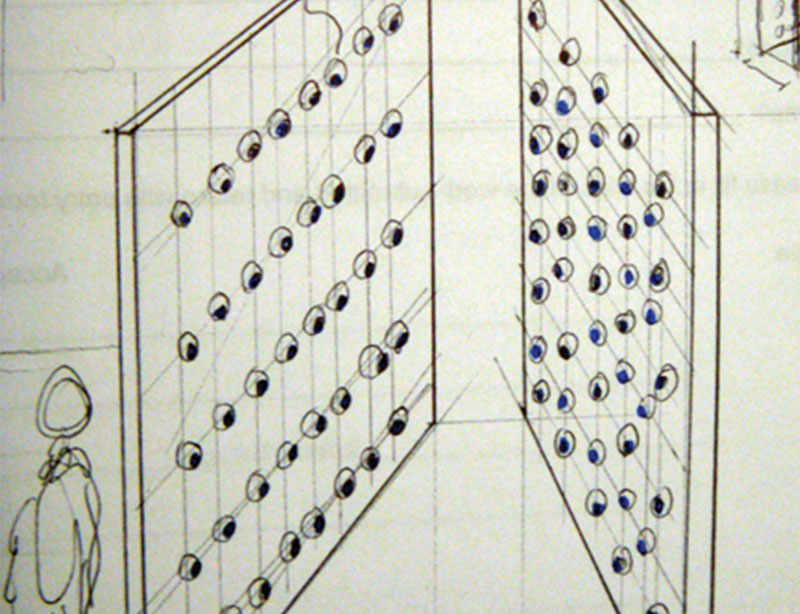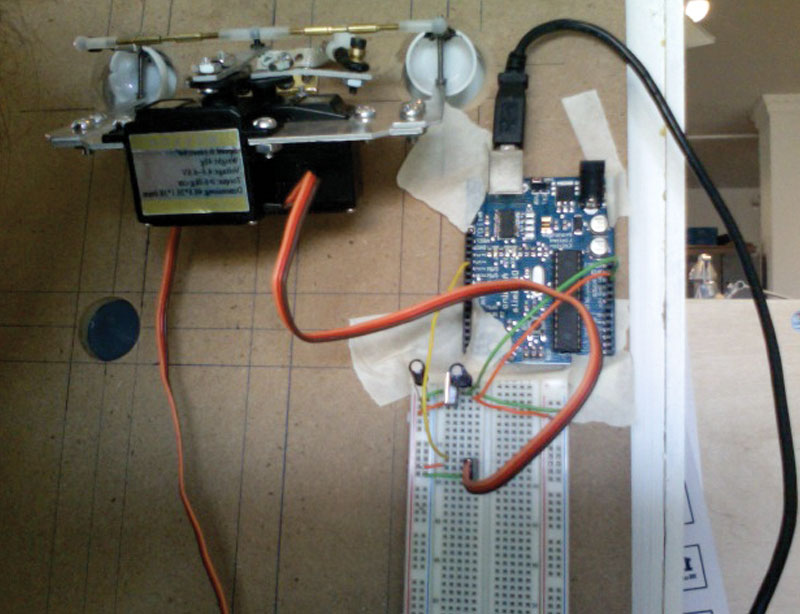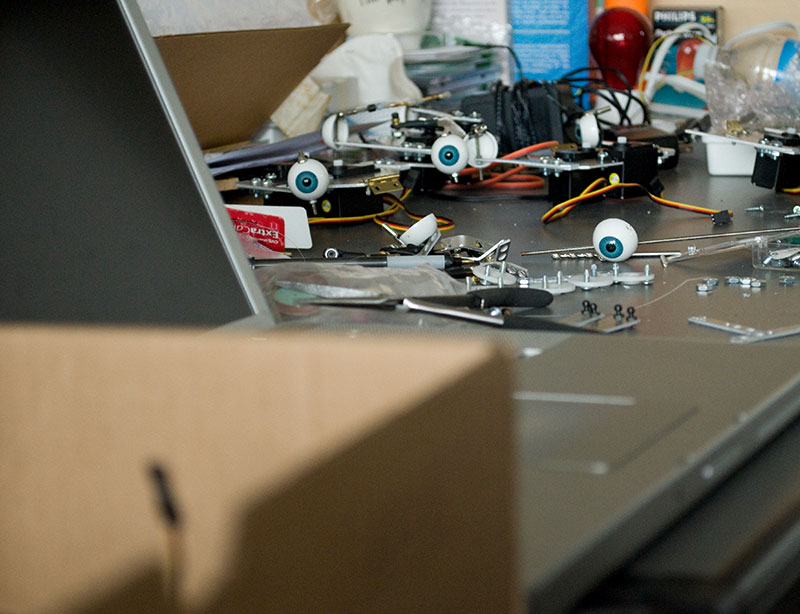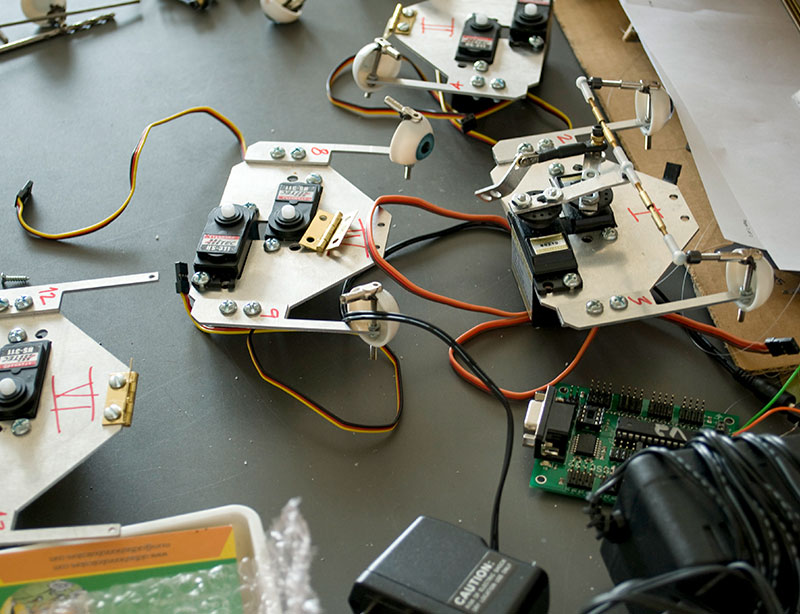




“On both a collective, archetypal level and an individual, developmental one, shame manifests itself most through the eye. It is mediated and conveyed by the idea of vision, and cannot arise without this perceptual element. In shame, we meet eyes and avoid eyes; the solitary, scrutinizing eye of our inner selves or the collective eyes of
Mary Ayers, The Eyes of Shame
the world that will bear witness to our state of self worthlesness, impotence, undesirability, ugliness, incompetence, filth or damage.”
In terms of scale, a group of people will always out win the perception of the person that feels shame. Two people equate to 4 eyes, 10 people instantly become 20 devices of scrutiny. Exponentially there is no way to tilt that unbalanced proportion of attention. Much to their grief, those who bravely go through it, do manage to have a sense of belonging. The ones that keep quiet in their comfort zone hold a sense of detachment from the group.
Eye Wall was born from the attempt of explaining to others the uncomfortable experience of being terribly aware of the other’s gaze. What seemed a manipulative act of forcing the viewer to become vulnerable, the intention behind the work was based on the idea of bridging and bringing to light hidden processes that take place when interpersonal dynamics occur.
From “I” who experience shame to inviting “the other” to re enact that experience: if extreme self-exposure and an overwhelming sense of visibility are the causes for a shameful experience, I wanted to generate a recreation of that feeling. Scrutiny is also a side effect from self-consciousness, allowing exploration in that concept as well.
The result were six pair of mechanical eyes following the viewer that became consciously aware of his/her own movements, exposed by a mirror, thus creating an uncomfortable experience.
Thanks to Lucas Roy for the documentation images.